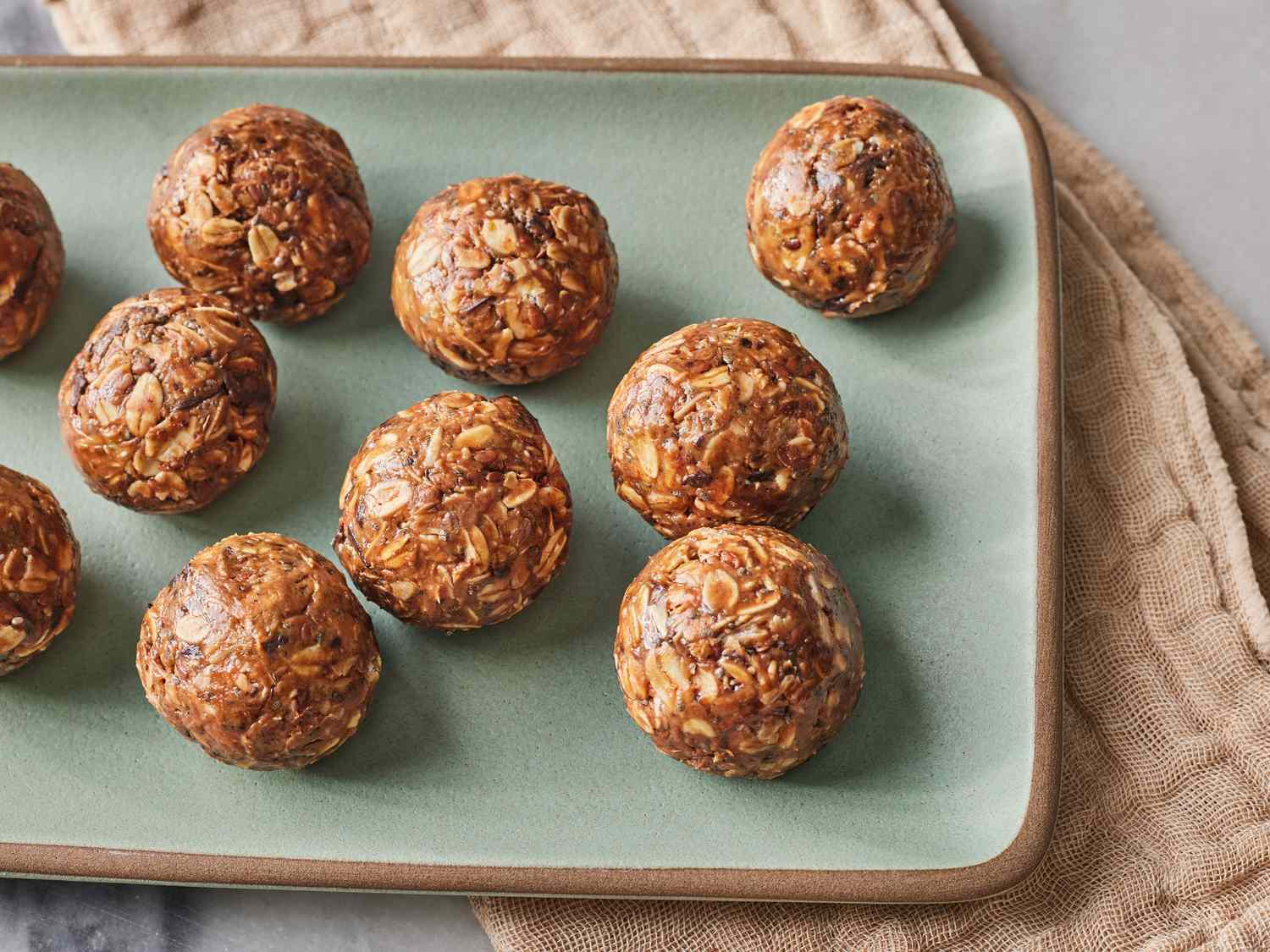

Articles
How To Store Protein Balls
Modified: December 7, 2023
Looking for articles on how to store protein balls? Discover the best methods and tips to keep your protein balls fresh and delicious for longer periods.
(Many of the links in this article redirect to a specific reviewed product. Your purchase of these products through affiliate links helps to generate commission for Storables.com, at no extra cost. Learn more)
Introduction
Protein balls have become increasingly popular in recent years as a convenient and nutritious snack option for people on the go. Packed with protein and other essential nutrients, these bite-sized treats are not only delicious but also offer numerous health benefits. Whether you’re an athlete looking to refuel after a workout or someone seeking a healthy and satisfying snack, protein balls are a great choice. In this article, we will explore the benefits of protein balls and delve into the best practices for storing them to maintain their freshness and quality.
One of the key advantages of protein balls is their high protein content. Protein is an essential macronutrient that plays a crucial role in muscle repair and growth. Consuming protein-rich snacks like protein balls can help support muscle recovery and development, making them an ideal post-workout snack or a nourishing option for those looking to meet their daily protein needs.
Beyond their protein content, protein balls are often made with a variety of other nutritious ingredients. Depending on the recipe, they can include ingredients like nuts, seeds, dried fruits, and superfoods like chia seeds or cacao nibs. These ingredients offer an array of vitamins, minerals, and antioxidants that contribute to overall health and well-being.
Another benefit of protein balls is their convenience. They are small, portable, and require no additional preparation, making them an excellent snack option for busy individuals. They can be easily packed in a lunchbox, carried in a gym bag, or enjoyed as a quick pick-me-up during the day. This convenience factor makes protein balls a healthier alternative to processed snacks or sugary treats that may provide temporary energy but lack nutritional value.
Moreover, protein balls can be personalized to suit individual preferences and dietary restrictions. With countless recipes available, you can choose ingredients based on taste preferences, specific dietary needs, or allergy concerns. Whether you prefer a vegan, gluten-free, or nut-free option, you can easily find or create a protein ball recipe that suits your requirements.
Now that we understand the benefits of protein balls, let’s delve into the key considerations for choosing the right ingredients for your homemade protein balls.
Key Takeaways:
- Protein balls offer a convenient, customizable, and nutrient-packed snack option for anyone seeking a healthy and satisfying treat, with benefits including high protein content, convenience, and versatility.
- Proper storage techniques, including the use of airtight containers, refrigeration, and avoidance of freezing, are essential for maintaining the freshness and quality of protein balls, ensuring they remain delicious and enjoyable for up to 1-2 weeks.
Read more: How To Store Protein Powder
Benefits of Protein Balls
Protein balls offer a range of benefits that make them an excellent addition to a healthy eating regimen. Let’s explore some of the key advantages:
- Rich in Protein: As the name suggests, protein balls are packed with protein. This macronutrient is essential for various bodily functions and is particularly important for muscle repair, growth, and maintenance. Incorporating protein balls into your diet can help ensure you meet your daily protein requirements.
- Convenient and Portable: Protein balls are a convenient snack option, especially for those with busy lifestyles. They are portable and require no additional preparation, making them perfect for on-the-go consumption. Whether you need a quick pick-me-up during a busy workday or a post-workout snack, protein balls are a convenient and easily accessible choice.
- Nutrient Dense: Protein balls are not just about protein; they are often made with a variety of nutrient-rich ingredients. These may include nuts, seeds, dried fruits, and superfoods like chia seeds or cacao nibs. These ingredients offer a wide array of vitamins, minerals, and antioxidants, providing added nutritional value to the snack.
- Boosts Energy: Consuming protein balls can give you a sustained energy boost. The combination of protein, healthy fats, and complex carbohydrates provides a steady release of energy, helping you stay fueled throughout the day and avoid energy crashes associated with sugary snacks.
- Supports Weight Management: Protein balls can be a helpful tool for weight management. The high protein content helps keep you feeling full and satisfied, reducing the chances of overeating. Additionally, the nutrient-dense ingredients in protein balls provide essential nutrients without excessive calories, making them a healthier alternative to processed snacks or desserts.
- Versatile and Customizable: One of the best things about protein balls is their versatility. With countless recipes available, you can easily find or create a protein ball recipe that suits your taste preferences and dietary needs. Whether you are vegan, gluten-free, or have specific food allergies, there is a protein ball recipe out there for you.
Adding protein balls to your diet can offer a convenient and tasty way to meet your nutritional needs and support overall health. However, it’s important to choose the right ingredients for your homemade protein balls. In the next section, we will explore the key considerations for selecting the best ingredients.
Choosing the Right Ingredients
When it comes to making protein balls, choosing the right ingredients is crucial for both taste and nutritional value. Here are some factors to consider when selecting the ingredients for your homemade protein balls:
- Protein Source: The first and most important consideration is the protein source. Opt for high-quality protein powders or natural sources like nuts, seeds, or nut butters. Some popular protein options include whey, casein, pea, or hemp protein. Choose a protein source that aligns with your dietary needs and preferences.
- Healthy Fats: Adding healthy fats to your protein balls is important for satiety and flavor. Include ingredients like nuts, nut butters, seeds (such as chia or flax), or coconut oil. These fats not only provide a rich and satisfying texture but also offer essential omega-3 fatty acids and other beneficial nutrients.
- Natural Sweeteners: While protein balls can be naturally sweetened with dried fruits like dates or raisins, it’s important to use them in moderation. These sweeteners not only provide a touch of sweetness but also offer additional nutrients and fiber. Avoid using refined sugars or artificial sweeteners, as they can dampen the nutritional value of your protein balls.
- Fiber-Rich Ingredients: Including fiber in your protein balls can help promote satiety and aid digestion. You can incorporate ingredients like rolled oats, ground flaxseed, or psyllium husk powder for an added fiber boost. These ingredients also provide texture and stability to the protein balls.
- Superfoods and Flavors: Experiment with superfoods like chia seeds, cacao nibs, matcha powder, or spirulina to add a nutritional boost to your protein balls. These ingredients offer an array of antioxidants, vitamins, and minerals. Additionally, consider using natural flavorings like vanilla extract, cinnamon, or citrus zest to enhance the taste of your protein balls.
- Allergies and Dietary Restrictions: If you have any allergies or dietary restrictions, make sure to choose ingredients that are safe for you to consume. There are plenty of alternatives available for common allergens like nuts or gluten, allowing you to enjoy protein balls without compromising your health.
Remember to read labels and ensure that your chosen ingredients are of high quality and free from added sugars, artificial additives, or preservatives. By choosing the right ingredients, you can create nutritious and delicious protein balls that cater to your specific needs and preferences.
Next, we will dive into the process of preparing the protein mixture for your homemade protein balls.
Preparing the Protein Mixture
Now that you have selected the right ingredients for your protein balls, it’s time to prepare the protein mixture. This step is crucial for ensuring the right consistency and texture of your protein balls. Follow these steps to create a delicious and well-balanced protein mixture:
- Gather Your Ingredients: Gather all the ingredients you will need for your protein balls. Make sure they are properly measured and ready to use. This will make the mixing process smoother and more efficient.
- Combine Dry Ingredients: In a large mixing bowl, combine the dry ingredients such as protein powder, oats, flaxseed, and any other dry ingredients specified in your recipe. Use a spoon or whisk to blend the dry ingredients together evenly.
- Add Wet Ingredients: Next, add the wet ingredients to the dry mixture. This typically includes nut butter, honey or maple syrup, and any other liquid ingredients specified in your recipe. Mix well to ensure all the ingredients are thoroughly combined.
- Adjust Consistency: Depending on the recipe, you may need to adjust the consistency of the mixture. If it feels too dry, you can add more liquid ingredients like water or additional nut butter. Conversely, if it feels too wet, you can add more dry ingredients like oats or protein powder. The goal is to achieve a sticky, moldable texture that holds together when rolled into balls.
- Optional Add-ins: This step is where you can get creative and add any optional add-ins to enhance the flavor or nutritional value of your protein balls. This could include chopped nuts, dried fruits, chocolate chips, or superfood powders. Fold in these add-ins carefully to distribute them evenly throughout the mixture.
- Final Mix and Rest: Give the mixture one final mix to ensure all the ingredients are thoroughly incorporated. Let the mixture rest for a few minutes to allow any dry ingredients to absorb moisture and for the flavors to meld together.
Once you have prepared the protein mixture, you are ready to shape and roll your protein balls. In the next section, we will explore the techniques for shaping and rolling protein balls.
Shaping and Rolling the Protein Balls
Shaping and rolling your protein balls is the final step in creating these delicious snacks. This step is crucial to ensure consistency in size and shape and to enhance the presentation. Follow these steps for perfectly shaped and rolled protein balls:
- Prepare a Clean Workspace: Before you start shaping your protein balls, make sure your workspace is clean and dry. This will prevent any contamination and ensure the hygiene of your protein balls.
- Determine the Desired Size: Decide on the size you want your protein balls to be. This will depend on personal preference and the intended purpose. Consider whether you want bite-sized balls for snacking or larger ones for a post-workout boost.
- Scoop and Portion the Mixture: Use a small scoop or tablespoon to portion out the protein mixture. This will help ensure consistency in size. Scoop out a portion of the mixture and gently roll it between your palms to create a smooth ball. Repeat this process until all the mixture is used up.
- Add Coatings (Optional): If desired, you can roll your protein balls in coatings to add extra flavor and texture. Common coatings include shredded coconut, cocoa powder, crushed nuts, or chia seeds. Roll the balls in the chosen coating, pressing gently to adhere it to the surface of the protein balls.
- Rest and Chill: Once you have shaped and rolled all the protein balls, let them rest and chill in the refrigerator for at least 30 minutes. This will firm them up and allow the flavors to meld together. Chilling also helps the protein balls retain their shape and prevent them from becoming too soft or sticky.
Once your protein balls have chilled and firmed up, they are ready to be stored. In the next section, we will explore the proper storage techniques to keep your protein balls fresh and tasty.
Store protein balls in an airtight container in the refrigerator to keep them fresh and prevent them from becoming too soft or sticky. This will help maintain their texture and flavor for a longer period of time.
Read more: How To Store Protein Shakes
Proper Storage Techniques
Proper storage is essential for maintaining the freshness and quality of your protein balls. Follow these techniques to ensure your protein balls stay delicious and enjoyable:
- Use Airtight Containers: Transfer your protein balls to airtight containers to protect them from moisture, air, and odors. Mason jars, plastic or glass containers with tight-fitting lids, or resealable bags are all suitable options. Make sure the containers are clean and dry before storing the protein balls.
- Separate Layers: If you’re storing multiple layers of protein balls, place a sheet of parchment paper or wax paper between each layer. This helps prevent the balls from sticking together and makes them easier to separate when serving.
- Store in the Refrigerator: Protein balls are best stored in the refrigerator to maintain their freshness and texture. Place the containers in the fridge and ensure the temperature is set between 35-40°F (2-4°C). The cooler temperature will help prolong their shelf life and prevent bacterial growth.
- Avoid Freezing (If Possible): While protein balls can be frozen to extend their shelf life, it’s generally best to avoid freezing them if possible. Freezing can change the texture and moisture content of the balls, potentially affecting their taste and quality. However, if you do choose to freeze them, make sure they are stored in freezer-safe containers to prevent freezer burn.
- Keep Away from Heat and Direct Sunlight: Protein balls should be stored away from heat sources and direct sunlight. Exposure to heat and sunlight can cause them to melt, soften, or lose their shape. Choose a cool and dark area in your refrigerator to store them.
- Rotate and Consume within a Reasonable Timeframe: While protein balls typically have a longer shelf life compared to other snacks, it’s still important to rotate and consume them within a reasonable timeframe to ensure peak freshness. As a general guideline, consume homemade protein balls within 1-2 weeks.
By following these proper storage techniques, you can ensure that your protein balls retain their texture, taste, and nutritional value. But what type of containers are best for storing protein balls? We’ll explore that in the next section.
Best Containers for Storing
Choosing the right containers for storing your protein balls is just as important as the storage techniques themselves. Here are some of the best container options to keep your protein balls fresh:
- Mason Jars: Mason jars are a popular choice for storing protein balls. They are airtight, leak-proof, and come in various sizes. You can easily see the contents of the jar, making it convenient to find the protein ball flavor you desire. Mason jars also help preserve the shape and presentation of the protein balls.
- Plastic or Glass Containers: Plastic or glass containers with tight-fitting lids are another excellent option. Look for containers that are specifically designed for storing food. Ensure the lids create a good seal to prevent moisture or air from entering, which can affect the freshness of your protein balls.
- Resealable Bags: If you prefer a more portable option, resealable bags can be a convenient choice. Use high-quality, food-grade bags that can be tightly sealed to maintain the freshness of the protein balls. Label the bags with the flavor and date to easily identify them in your pantry or fridge.
- Stackable BPA-Free Plastic Containers: Stackable BPA-free plastic containers are ideal if you need to store a large batch of protein balls. Look for containers that can be easily stacked to save space in your fridge. Ensure the containers are made from high-quality, BPA-free plastic to ensure the safety of your food.
- Divided Snack Containers: Divided snack containers with different compartments are useful if you want to pack a variety of protein balls or include other snacks alongside them. These containers allow you to separate different flavors or even add additional items like fruit or nuts.
Before using any containers, make sure they are thoroughly cleaned and dried. This prevents any potential contamination or moisture buildup, which can spoil your protein balls prematurely. Choose containers that are suitable for your needs, whether it’s portability, stackability, or visual appeal.
By storing your protein balls in proper containers, you can ensure their freshness, prevent any unwanted odors or flavors, and maintain their shape and texture until you’re ready to enjoy them.
Now that we’ve covered the best containers for storing protein balls, let’s discuss the recommended length of time to store them before they start to lose their freshness.
Length of Storage
The length of time you can store your protein balls without compromising their freshness depends on several factors, including the ingredients used and how they are stored. Generally, homemade protein balls can be stored for about 1-2 weeks.
Since protein balls are made with natural ingredients and lack preservatives, they have a shorter shelf life compared to commercially produced snacks. The ingredients, such as nuts, nut butters, and dried fruits, may start to lose their texture and flavor over time.
To ensure the longest possible shelf life for your protein balls, it’s important to store them properly. Following the previously mentioned proper storage techniques will help maintain their freshness and quality. Refrigerating the protein balls in airtight containers is the best option, as it helps slow down the growth of bacteria and keeps them fresh for a longer duration.
It’s essential to monitor the condition of your protein balls during storage. Inspect them for any signs of spoilage, such as mold, off odors, or texture changes. If you notice any indication of spoilage, it’s best to discard them to avoid any potential health risks.
If you have made a large batch of protein balls and find that you won’t be able to consume them all within the recommended timeframe, consider freezing them. Freezing can extend the shelf life of protein balls for up to 3 months or even longer. However, keep in mind that freezing may slightly alter their texture, so they might not be as soft or moist as fresh protein balls.
When thawing frozen protein balls, transfer them to the refrigerator overnight or allow them to thaw at room temperature for a few hours before consuming. Avoid microwaving or heating them directly, as this can cause them to become mushy or lose their shape.
Note: The suggested length of storage is a general guideline. Always use your judgment and trust your senses when it comes to assessing the freshness of your protein balls.
Now that we’ve covered the length of storage, let’s explore some tips for maintaining the freshness of your protein balls.
Tips for Maintaining Freshness
To ensure the freshness and quality of your protein balls throughout their storage period, follow these helpful tips:
- Store in Proper Containers: Use airtight containers specifically designed for food storage to prevent moisture and air from getting to your protein balls. This helps maintain their texture, taste, and aroma.
- Separate Flavors: If you’re storing protein balls with different flavors, keep them separated to prevent any cross-contamination of flavors and aromas. Use dividers or separate containers to maintain distinct flavors.
- Label and Date: Label your containers or resealable bags with the flavor and date of preparation. This not only helps you identify the protein balls easily but also ensures you consume them within a reasonable timeframe.
- Avoid Excessive Handling: Minimize unnecessary handling of the protein balls, especially when removing them from the container. Excessive touching can introduce moisture and potential contamination, leading to a shorter shelf life.
- Rotate and Consume First-In-First-Out (FIFO): If you have multiple batches or flavors of protein balls, practice FIFO by consuming the oldest ones first. This ensures you utilize them before their shelf life expires and maintains the overall freshness of your protein balls.
- Store in a Cool Place: Keep your protein balls away from heat sources and direct sunlight. Optimal storage temperature is between 35-40°F (2-4°C). Exposure to heat and sunlight can cause them to soften, melt, or degrade in taste and quality.
- Avoid Moist Environments: Moisture can shorten the shelf life of your protein balls and promote the growth of mold and bacteria. Keep them away from areas with high humidity, such as near the sink or in the refrigerator door.
- Avoid Storing with Strong Odors: Protein balls can absorb odors from strong-smelling foods nearby. Store them away from pungent foods like onions, garlic, or spices to maintain their own distinct flavor and aroma.
- Handle with Clean Hands: When handling your protein balls, make sure your hands are clean and dry. Washing your hands thoroughly before touching them reduces the risk of introducing bacteria or other contaminants.
By following these tips, you can significantly extend the freshness and quality of your protein balls, ensuring that each bite is as delicious as the first. Remember, freshness is key to enjoying the full nutritional benefits and taste of your homemade protein balls.
Now that we’ve covered tips for maintaining freshness, let’s conclude our article.
Read more: How To Store Balls
Conclusion
Protein balls offer a convenient, nutritious, and delicious snack option that can be enjoyed by anyone seeking a healthy and satisfying treat. Packed with protein and other essential nutrients, these bite-sized wonders provide numerous benefits for athletes, health-conscious individuals, and those looking for a quick and easy snack on the go.
By choosing the right ingredients, such as high-quality protein sources, healthy fats, natural sweeteners, and fiber-rich add-ins, you can create protein balls that are not only tasty but also packed with essential nutrients. The versatility of protein balls allows you to customize them to meet your dietary needs and flavor preferences, making them a versatile and customizable snack option.
To maintain the freshness and quality of your protein balls, it’s important to store them properly. Airtight containers, refrigeration, and protection from heat, sunlight, and moisture are all key elements in ensuring their long shelf life. By following proper storage techniques and utilizing the right containers, you can extend the freshness of your protein balls for up to 1-2 weeks.
Additionally, incorporating tips like using clean hands, separating flavors, and practicing first-in-first-out rotation can help maintain the quality and taste of your protein balls. And if you’ve made a large batch, freezing can be an option to extend their shelf life for a few months, although it might slightly affect the texture.
Remember to check your protein balls periodically for any signs of spoilage, and use your judgment to determine if they are still safe to consume. When it comes to enjoying protein balls, freshness is key to maximizing both their nutritional benefits and flavor.
So go ahead and whip up a batch of protein balls using your favorite ingredients and flavors. Store them properly, savor them when hunger strikes, and enjoy the benefits of these satisfying and nutritious treats!
Frequently Asked Questions about How To Store Protein Balls
Was this page helpful?
At Storables.com, we guarantee accurate and reliable information. Our content, validated by Expert Board Contributors, is crafted following stringent Editorial Policies. We're committed to providing you with well-researched, expert-backed insights for all your informational needs.
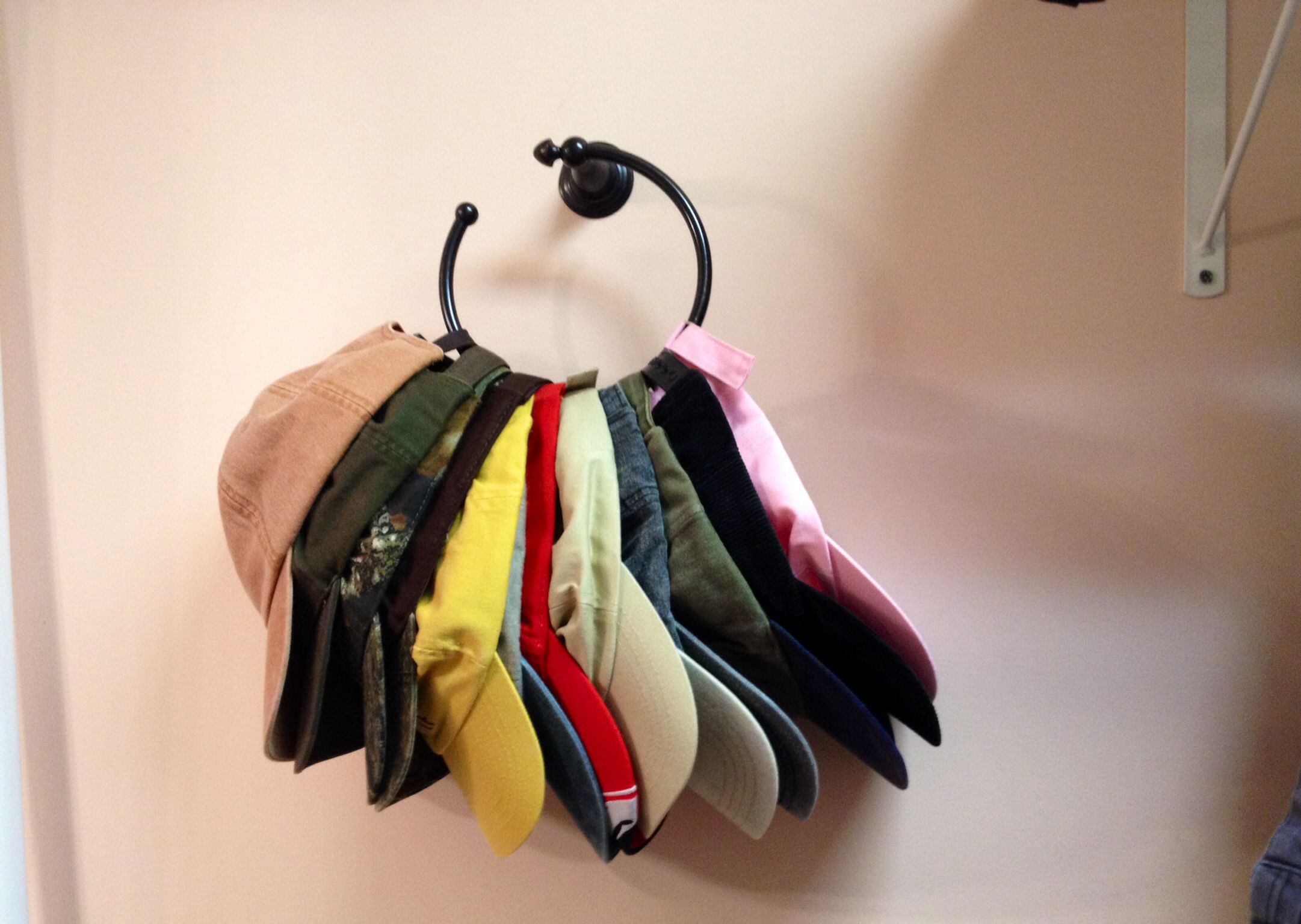
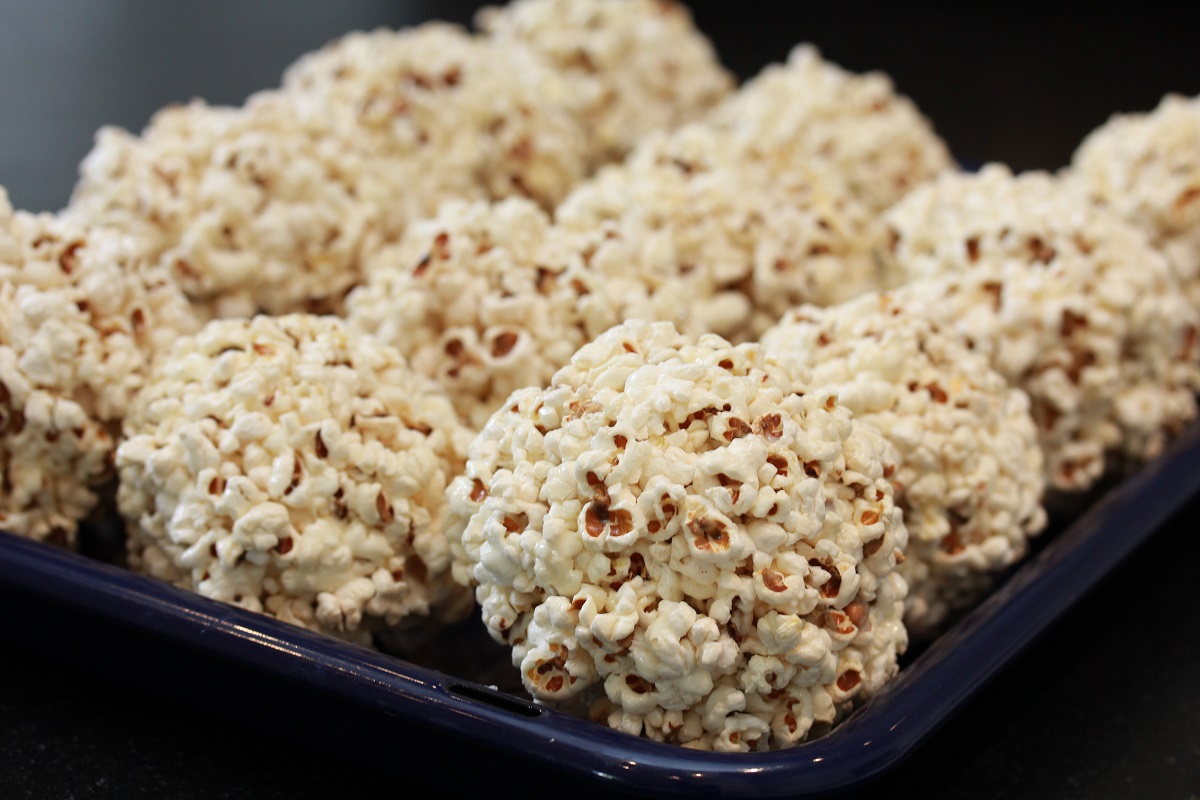
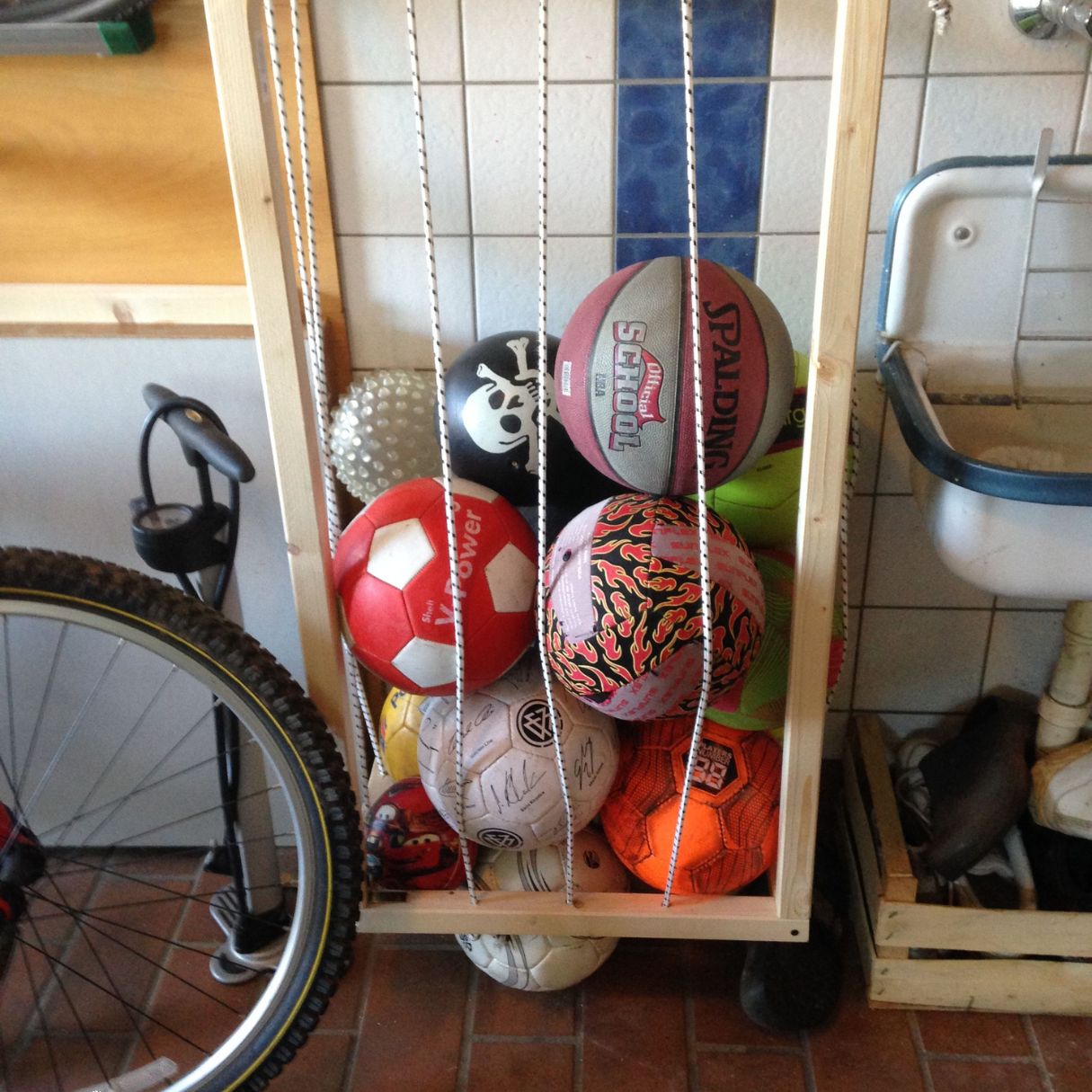
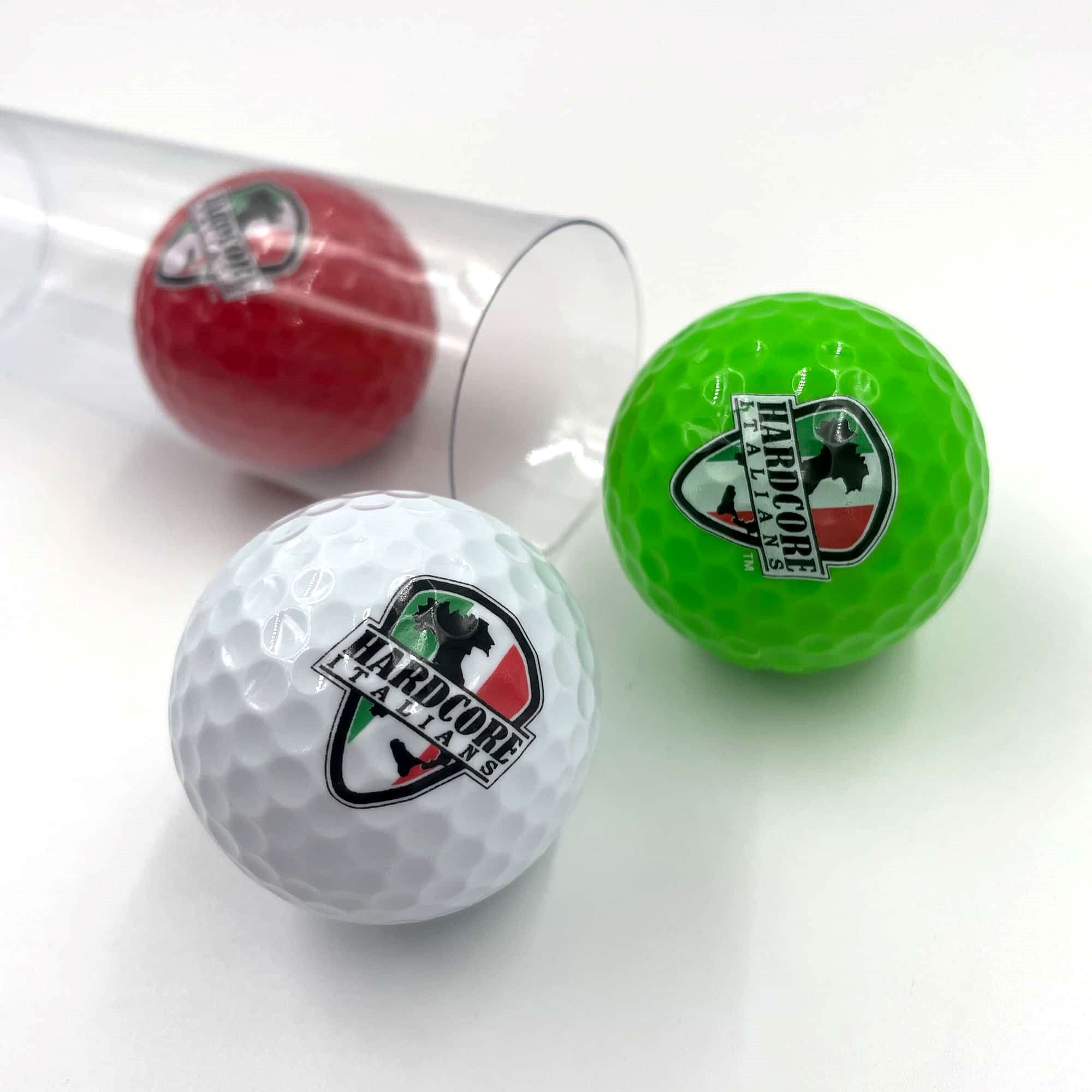
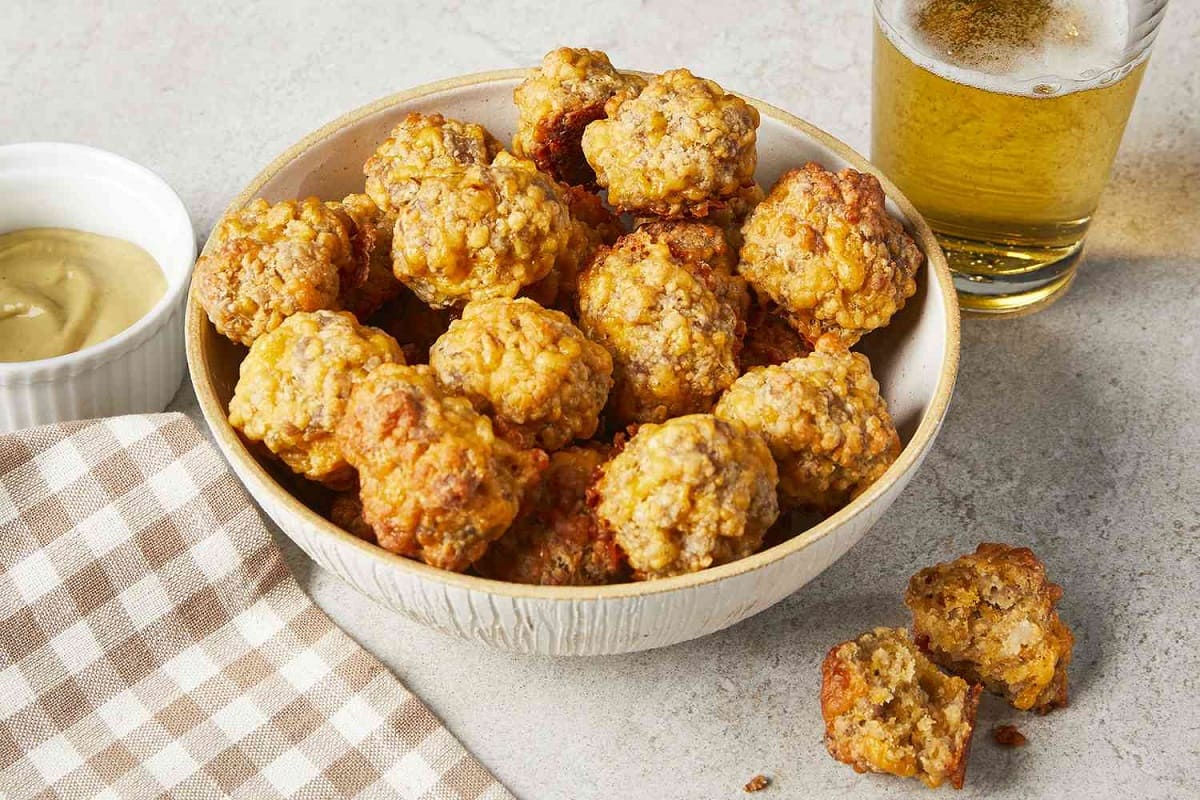
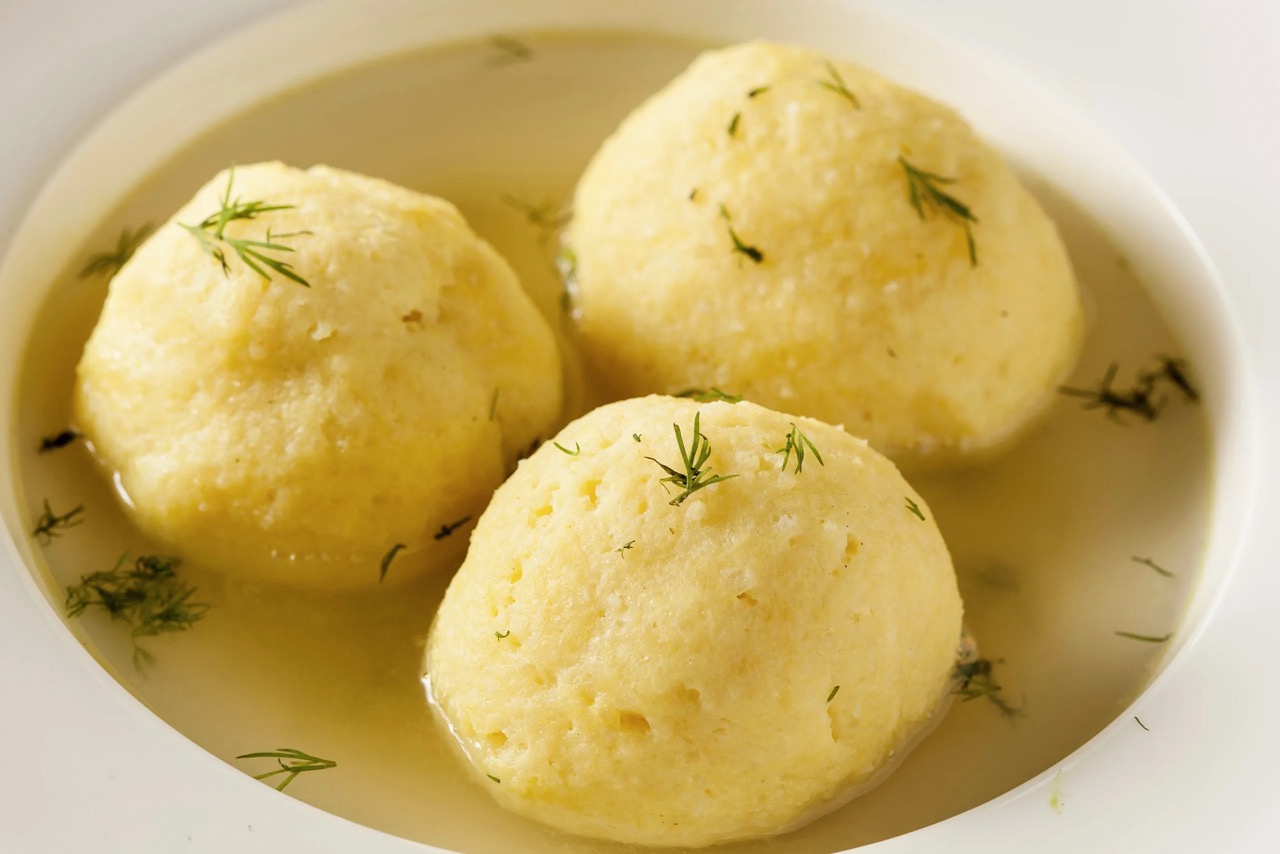
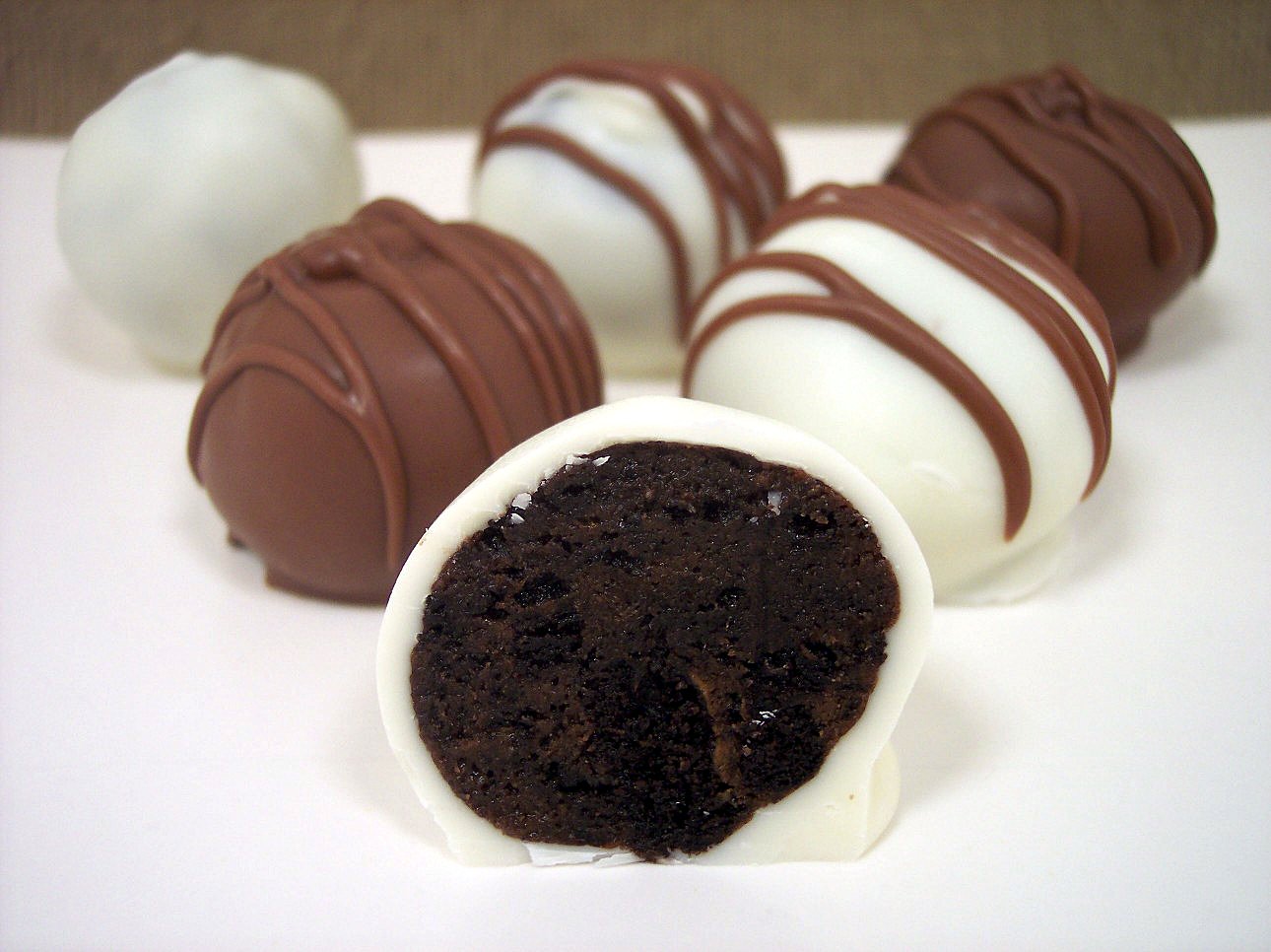
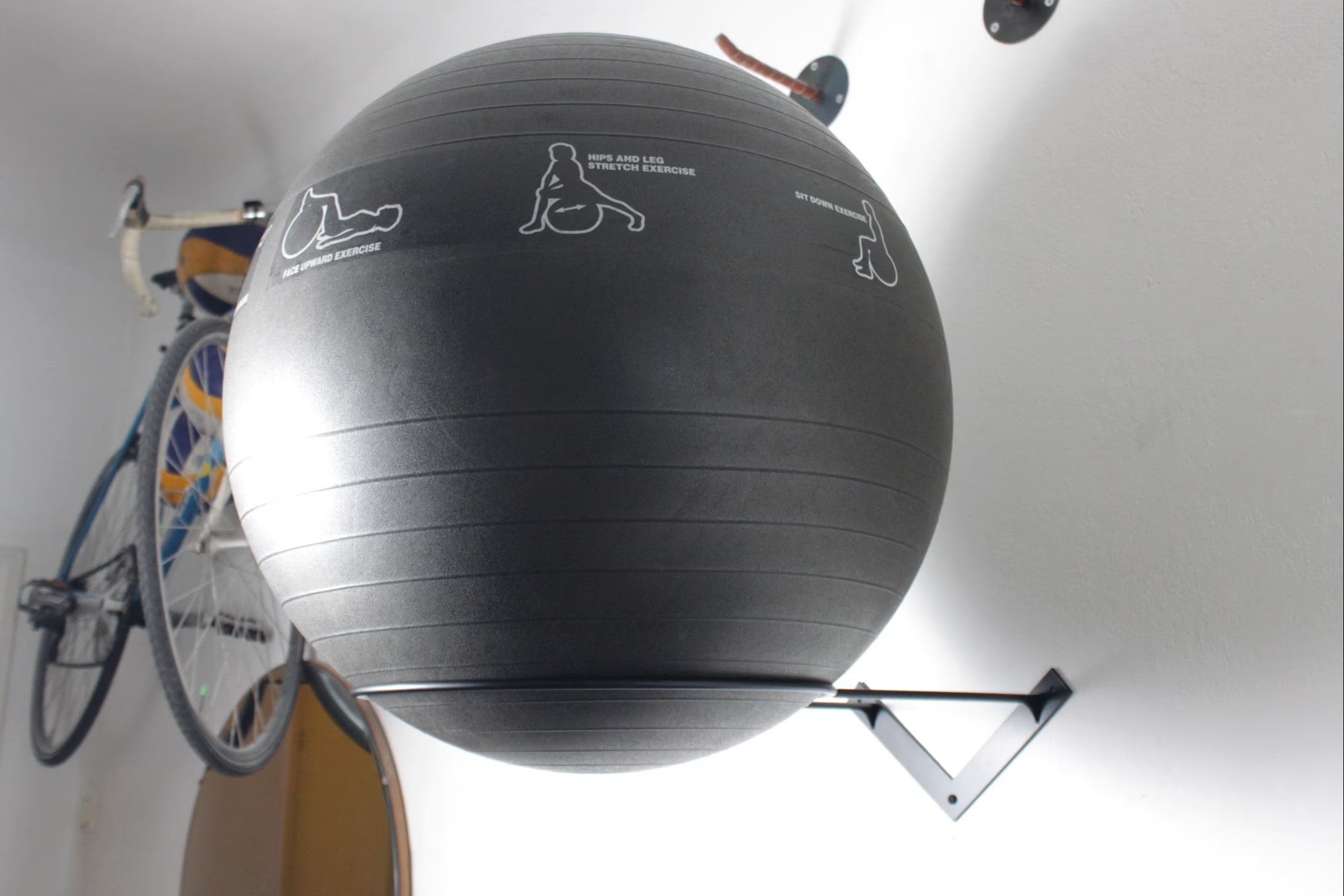
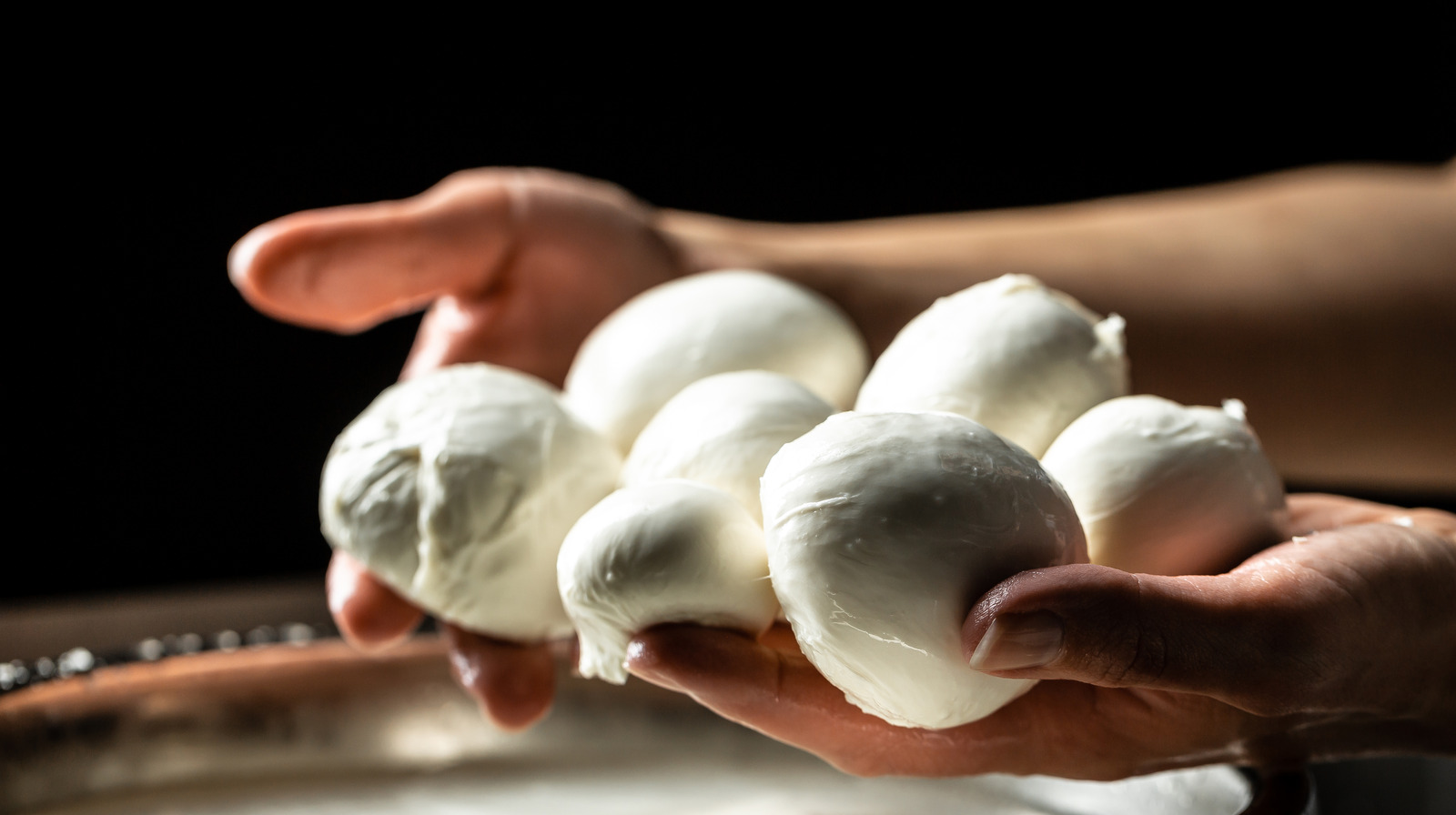

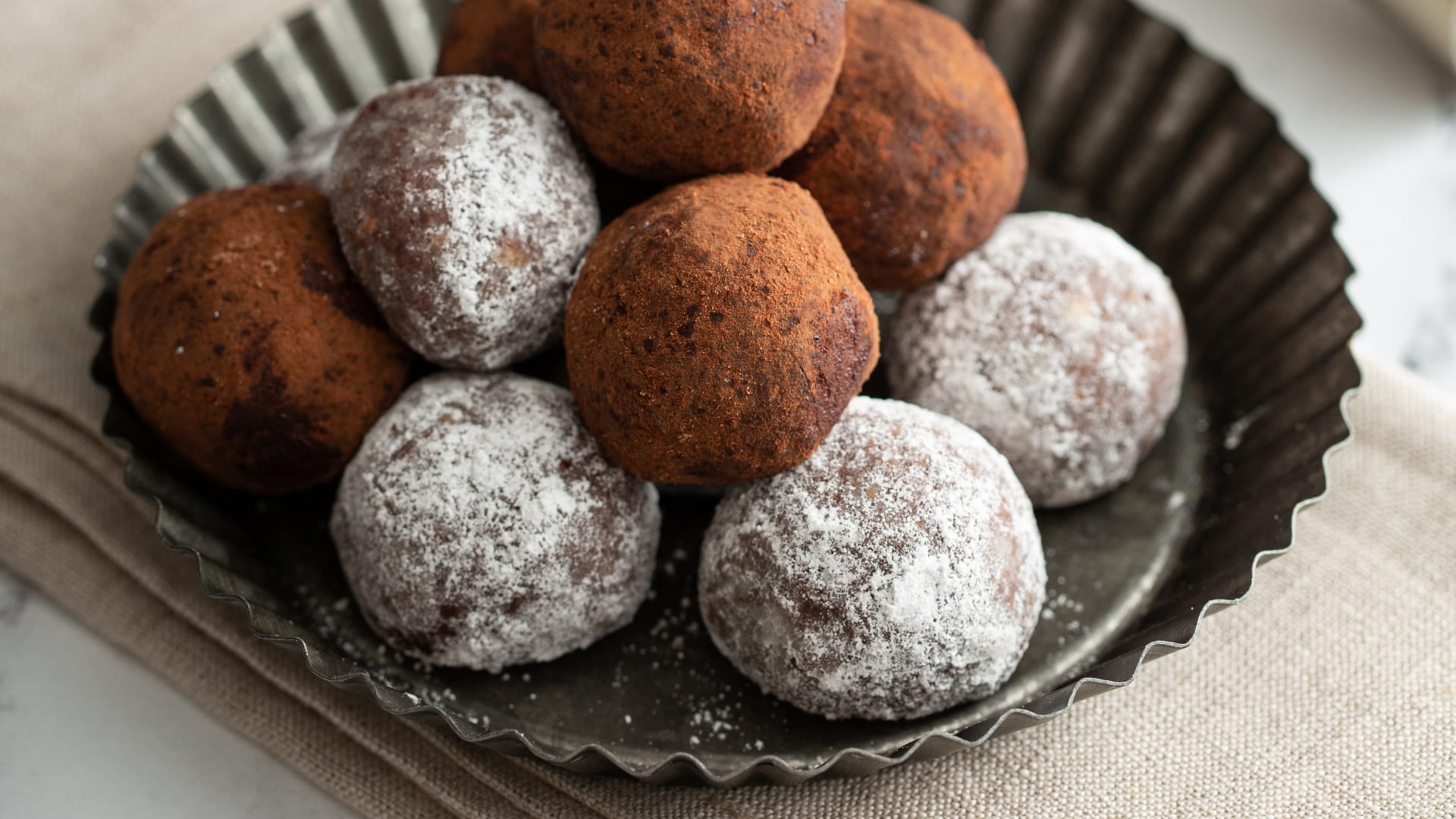
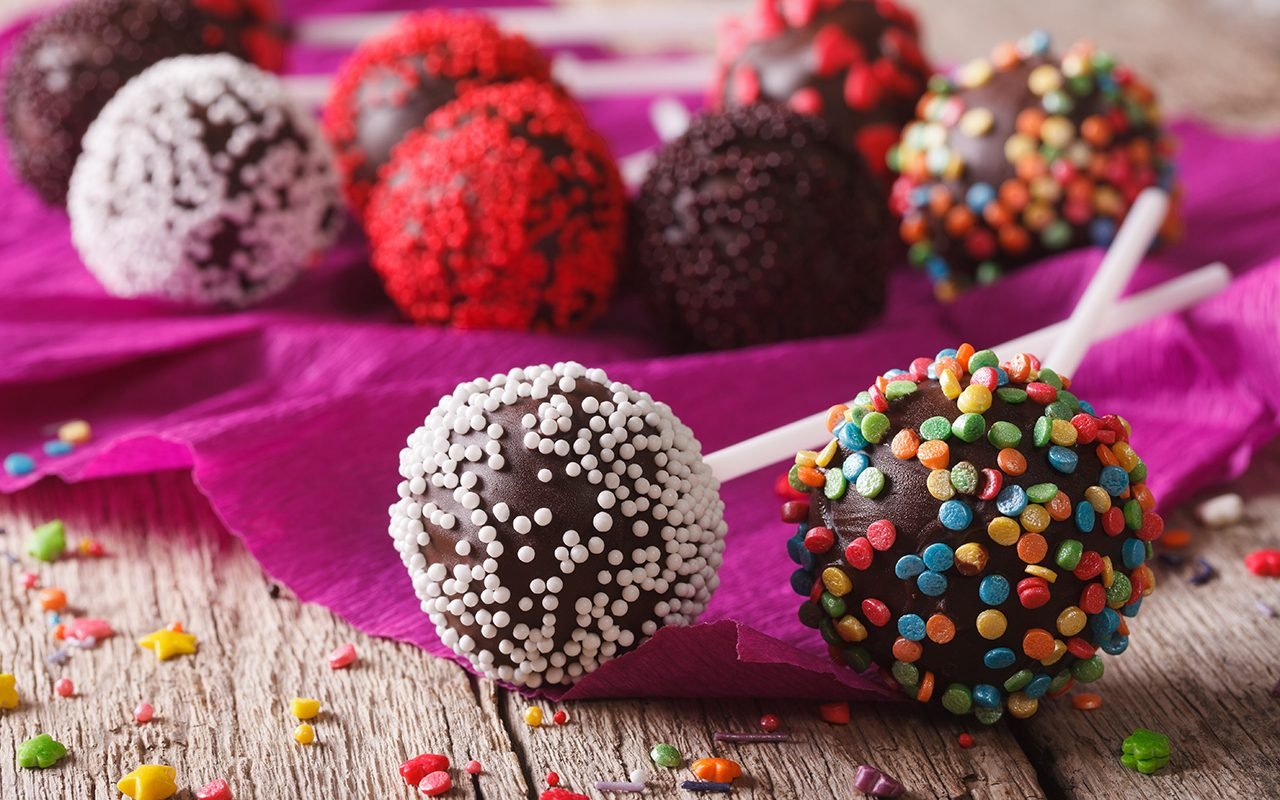
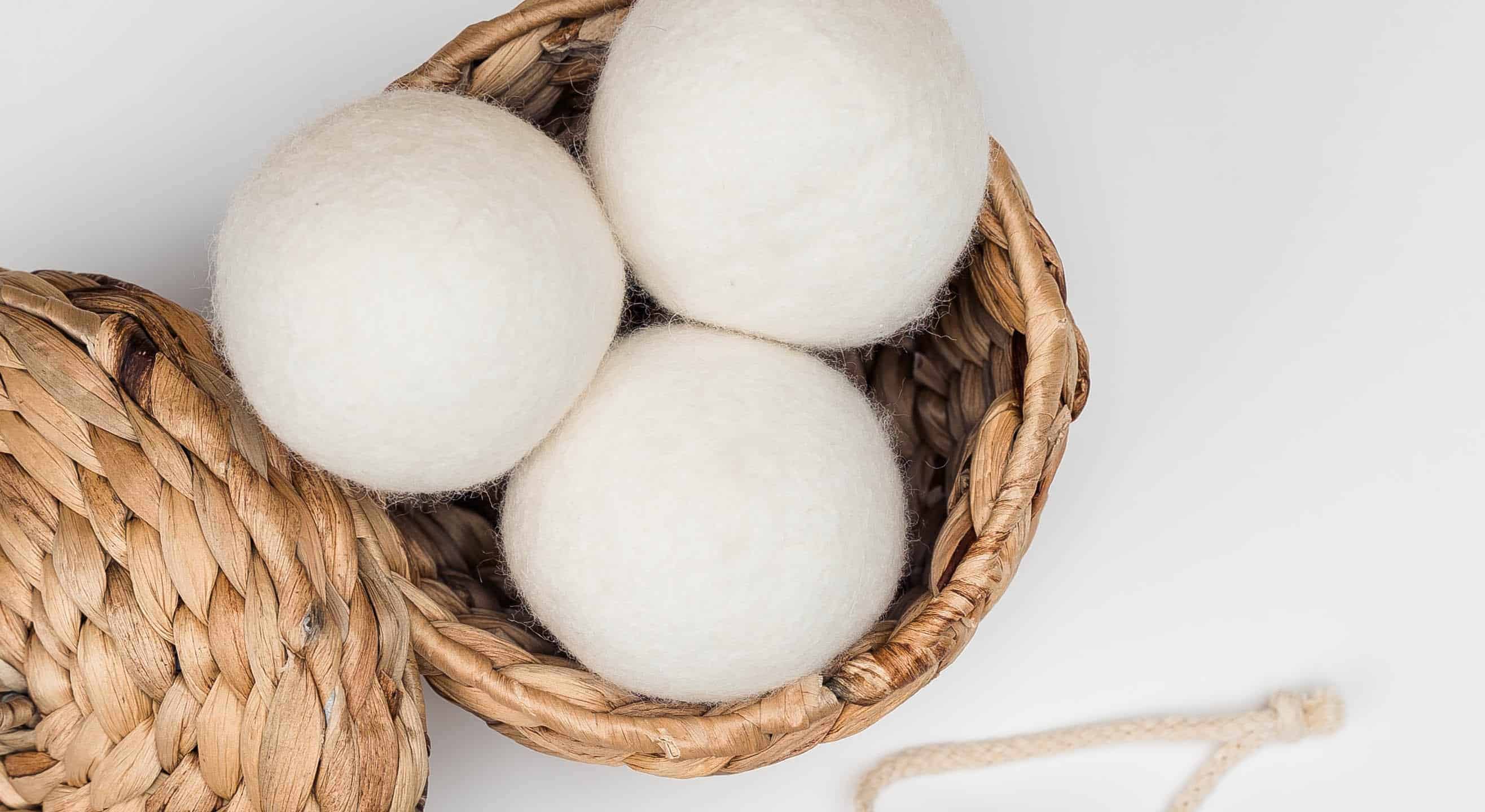

0 thoughts on “How To Store Protein Balls”